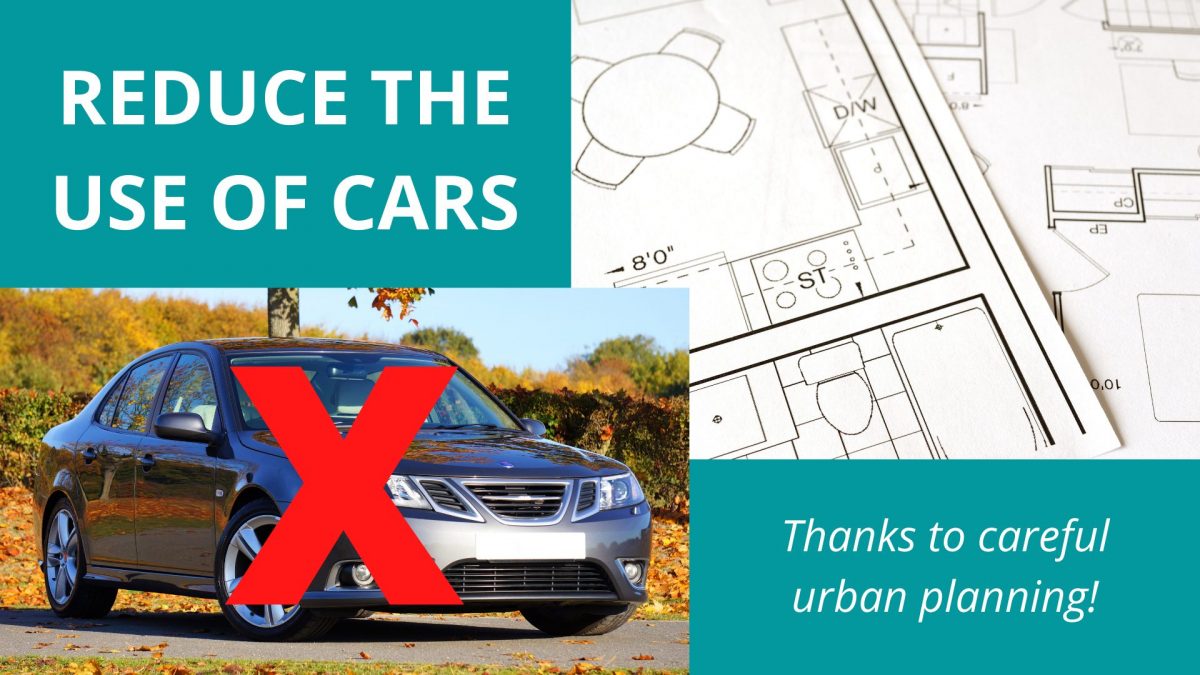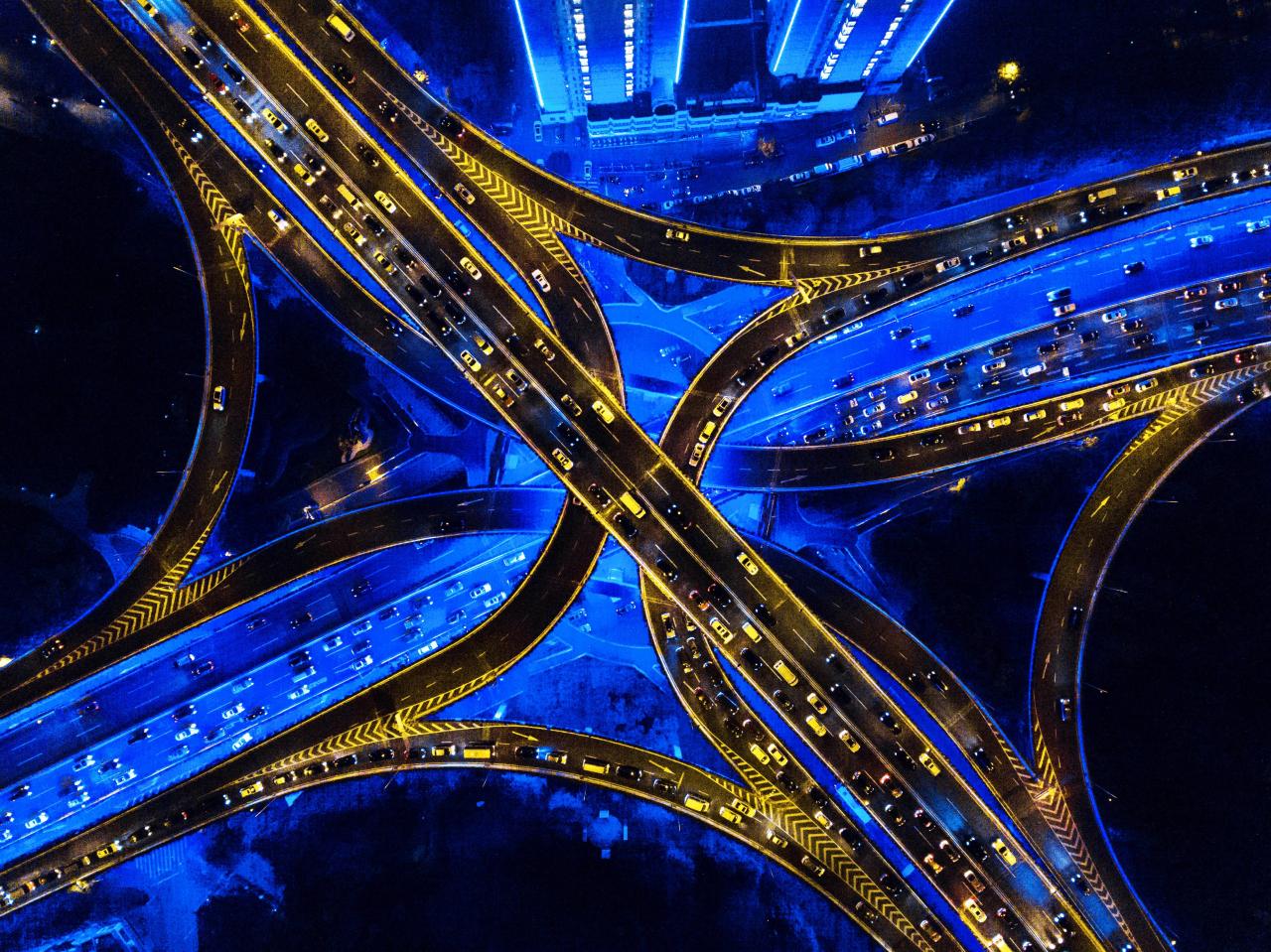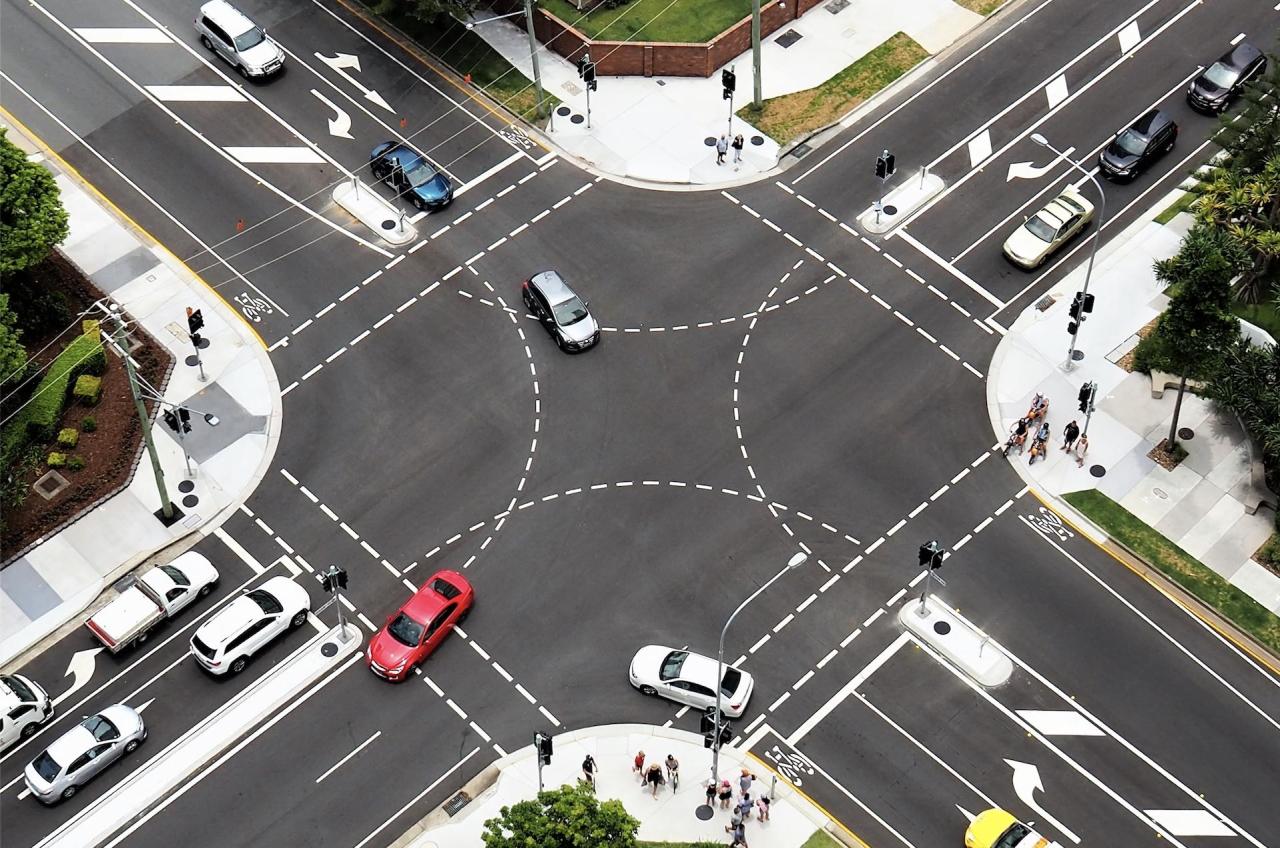Exploring the intricate relationship between urban design and car crash risks, this introduction sets the stage for a deep dive into how city planning can significantly impact road safety. From innovative design elements to effective traffic calming strategies, this topic delves into crucial aspects that shape the safety of urban environments.
As we progress, we will uncover the various ways in which urban design plays a pivotal role in reducing the occurrence of car crashes, ultimately leading to safer and more sustainable cities.
How Urban Design Impacts Car Crash Risks
Urban design plays a crucial role in influencing car crash risks by shaping the environment in which drivers, pedestrians, and cyclists interact. The layout of streets, the presence of sidewalks and bike lanes, and the design of intersections all contribute to the overall safety of road users.
Examples of Urban Design Elements
- Roundabouts: Roundabouts help reduce the severity and frequency of crashes by eliminating head-on and high-speed collisions.
- Protected Bike Lanes: Separating cyclists from vehicular traffic with physical barriers can significantly decrease the risk of accidents.
- Pedestrian Crosswalks: Well-marked crosswalks with adequate signage and signal timings enhance pedestrian safety and reduce the likelihood of car-pedestrian collisions.
Importance of Considering Urban Design in Road Safety
Urban design should be a fundamental consideration in road safety measures as it directly impacts how people navigate and interact within a community. By incorporating elements that prioritize safety, such as traffic calming measures and accessible infrastructure, cities can create environments that promote safer transportation for all road users.
Pedestrian-Friendly Infrastructure
Pedestrian-friendly infrastructure plays a crucial role in reducing car crash risks in urban areas by prioritizing the safety of those on foot. By designing urban spaces with pedestrians in mind, cities can create environments that encourage walking and cycling while minimizing the chances of accidents involving vehicles.
Features of Pedestrian-Friendly Urban Design
- Wide sidewalks: Providing ample space for pedestrians to walk safely away from moving vehicles.
- Crosswalks and signals: Clearly marked crosswalks and traffic signals help pedestrians navigate intersections more safely.
- Protected bike lanes: Separate lanes for cyclists protect them from motorized traffic and reduce the risk of collisions.
- Pedestrian islands: Islands in the middle of busy streets provide a safe refuge for pedestrians crossing multiple lanes of traffic.
- Street lighting: Well-lit streets improve visibility for both pedestrians and drivers, decreasing the likelihood of accidents, especially at night.
Impact of Pedestrian-Friendly Infrastructure on Car Crash Rates
In urban settings where pedestrian-friendly infrastructure is prioritized, there is a notable decrease in car crash rates compared to areas that lack these features. Cities that invest in creating walkable and bike-friendly environments tend to see fewer accidents involving pedestrians and cyclists.
The presence of well-designed crosswalks, bike lanes, and pedestrian signals not only enhances safety but also promotes sustainable modes of transportation, reducing the overall dependence on cars and mitigating traffic congestion.
Traffic Calming Measures

Implementing traffic calming measures plays a crucial role in reducing car crash risks in urban areas. These measures aim to slow down vehicle speeds, improve safety for pedestrians and cyclists, and create a more pleasant environment for all road users.
Strategies for Effective Traffic Calming
Various strategies are employed in urban design to implement effective traffic calming measures:
- Speed Humps:Speed humps are raised sections of the road that force drivers to slow down, reducing the risk of accidents caused by speeding.
- Chicanes:Chicanes are designed to create a zigzag pattern on the road, forcing drivers to navigate through a serpentine path, thereby reducing speeds.
- Roundabouts:Roundabouts help to slow down traffic flow, decrease the likelihood of high-speed collisions, and improve overall traffic safety.
- Pedestrian Crossings:Well-marked pedestrian crossings help to enhance pedestrian safety and visibility, encouraging drivers to be more cautious.
- Narrowing Lanes:Narrowing lanes can help reduce vehicle speeds and create a safer environment for all road users.
Case Studies on Traffic Calming Effectiveness
Several case studies have demonstrated the effectiveness of traffic calming measures in urban areas:
- New York City, USA:The implementation of protected bike lanes and pedestrian plazas in New York City has led to a significant decrease in car crashes and fatalities, promoting a safer and more walkable urban environment.
- Copenhagen, Denmark:Copenhagen’s extensive use of traffic calming measures, such as speed bumps, raised crosswalks, and bike-friendly infrastructure, has contributed to a drastic reduction in road accidents and a shift towards sustainable transportation modes.
- London, UK:London’s introduction of low-traffic neighborhoods and pedestrianized zones has not only reduced car crash risks but also improved air quality and encouraged active transportation, leading to a healthier and safer urban environment.
Separation of Traffic Modes

Urban design plays a crucial role in ensuring the safety of all road users. One effective strategy is the separation of different modes of traffic, such as pedestrians, cyclists, and vehicles, to reduce the risk of car crashes and enhance overall road safety.
Benefits of Separating Traffic Modes
Segregated pathways for pedestrians, cyclists, and vehicles offer several benefits in terms of road safety outcomes. By providing distinct spaces for each type of road user, the chances of conflicts and collisions are significantly reduced. Pedestrians can walk without the fear of being hit by a vehicle, cyclists can ride safely without interference from cars, and drivers can navigate the roads without the added stress of maneuvering around pedestrians and cyclists.
- Improved safety for pedestrians: Separated walkways can prevent pedestrian accidents caused by vehicles veering off the road or failing to yield to pedestrians at crosswalks.
- Enhanced cyclist safety: Dedicated bike lanes separate cyclists from motorized traffic, reducing the risk of collisions and promoting cycling as a safe mode of transportation.
- Reduced car crash risks: By providing exclusive lanes for vehicles, the likelihood of car crashes due to conflicting movements or failure to see pedestrians and cyclists is minimized.
Comparison of Urban Areas with and without Separated Traffic Modes
When comparing urban areas with segregated traffic modes to those without such infrastructure, clear differences can be observed in terms of road safety outcomes. Urban areas with separated pathways tend to have lower rates of car crashes involving pedestrians and cyclists.
These areas often report fewer incidents of road-related injuries and fatalities, indicating the positive impact of traffic segregation on overall safety.
- In urban areas without separated traffic modes, the coexistence of pedestrians, cyclists, and vehicles in shared spaces can lead to frequent conflicts and accidents.
- On the other hand, urban areas that incorporate segregated pathways experience smoother traffic flow, reduced congestion, and improved safety for all road users.
- Studies have shown that the implementation of separated traffic modes in urban design can result in a significant decrease in car crash risks and create a more pedestrian-friendly environment.
Ending Remarks

In conclusion, the discussion on how urban design mitigates car crash risks highlights the importance of integrating thoughtful design principles into city planning. By prioritizing pedestrian safety, implementing traffic calming measures, and segregating traffic modes, urban areas can pave the way for a safer and more efficient transportation landscape.
As we continue to explore the intersection of urban design and road safety, it becomes evident that proactive design interventions hold the key to creating a secure urban environment for all road users.
Helpful Answers
How does urban design impact car crash risks?
Urban design influences car crash risks through elements like road layout, signage placement, and pedestrian infrastructure, which can either enhance or diminish safety levels.
What are some examples of urban design elements that can reduce car crash risks?
Features such as roundabouts, raised pedestrian crossings, and bike lanes are effective urban design elements that contribute to lowering car crash risks.
Why is it important to consider urban design in road safety measures?
Considering urban design in road safety measures ensures that cities are planned with a focus on safety, promoting sustainable transportation and reducing the likelihood of accidents.









